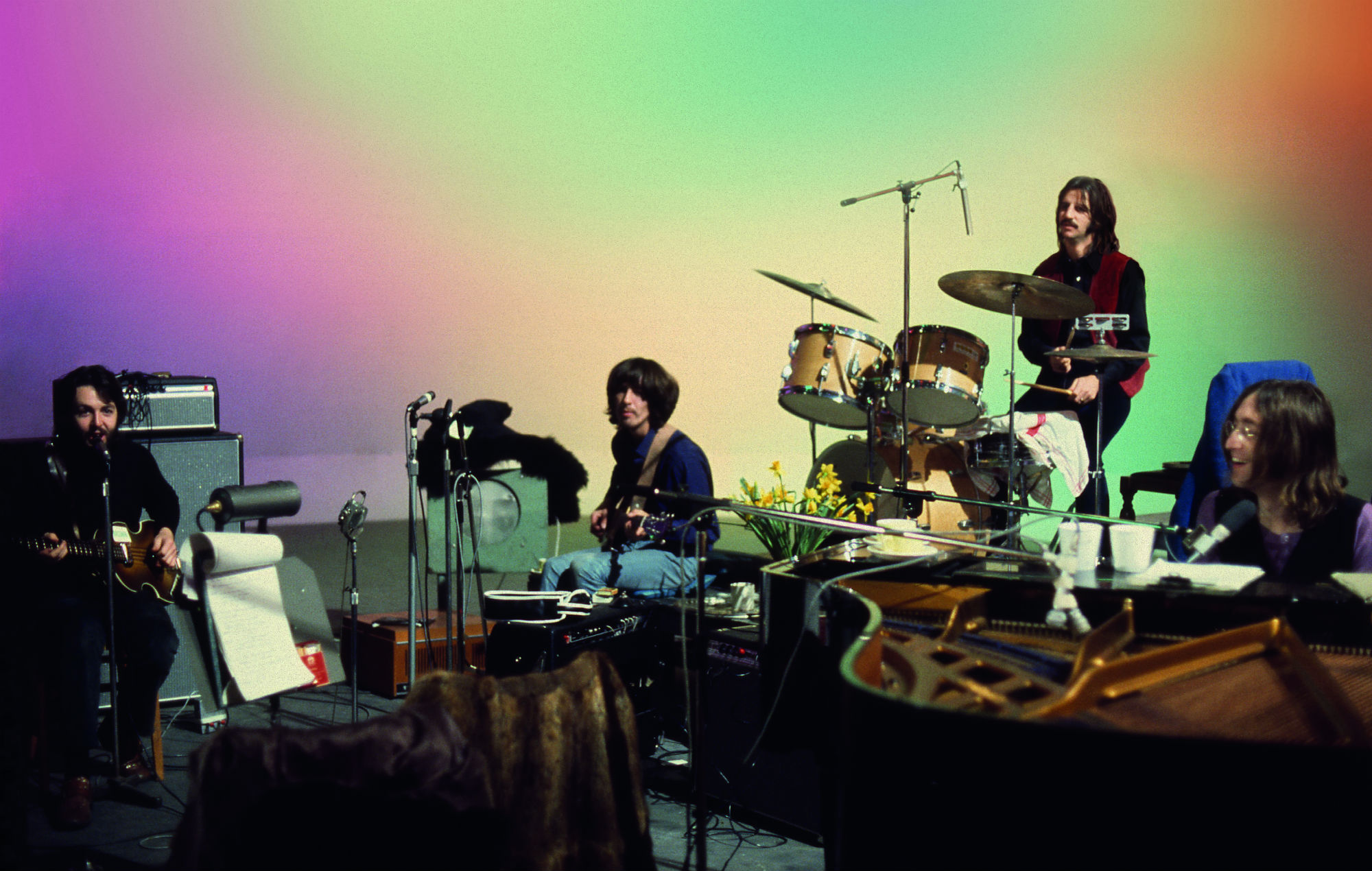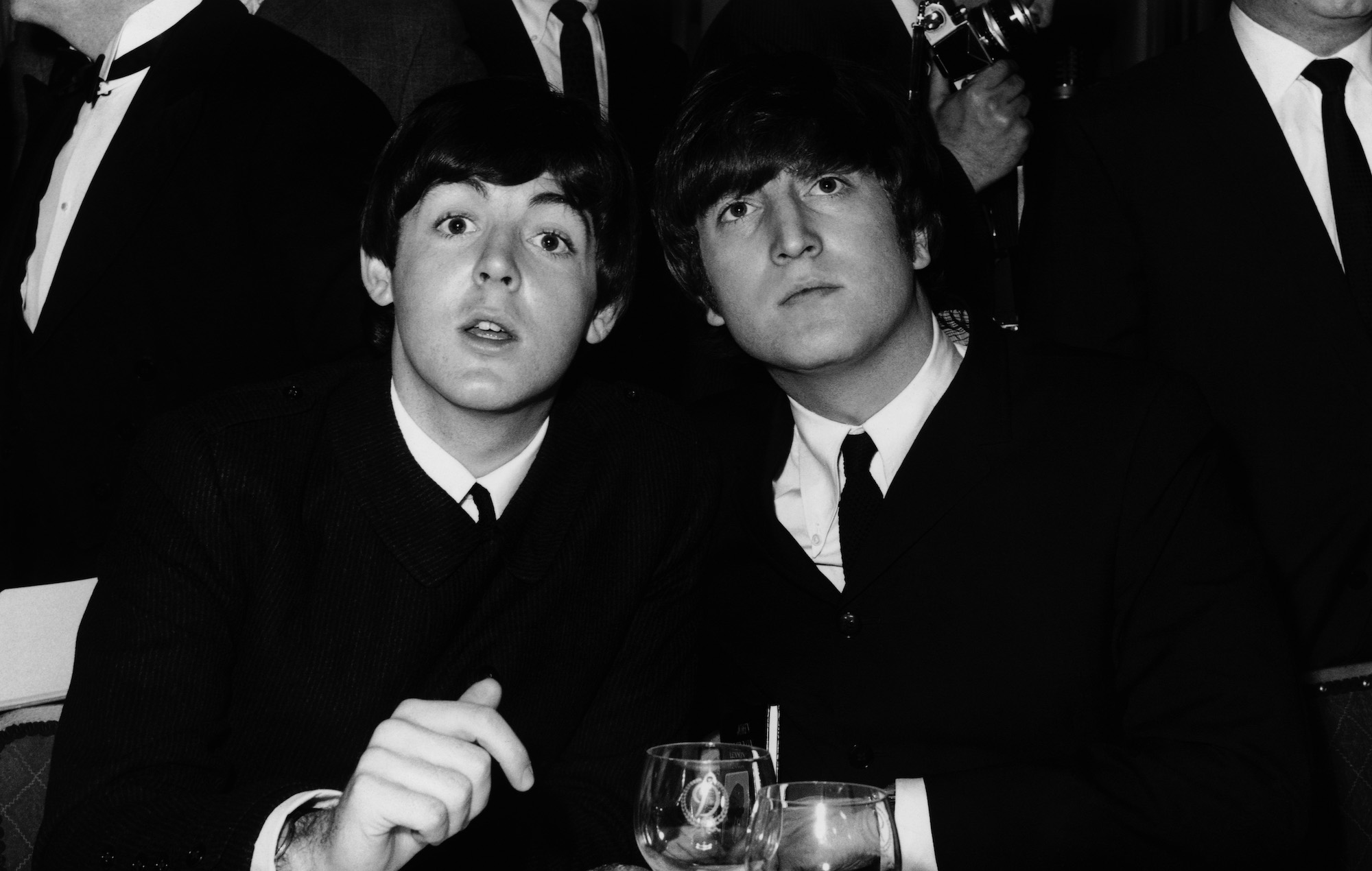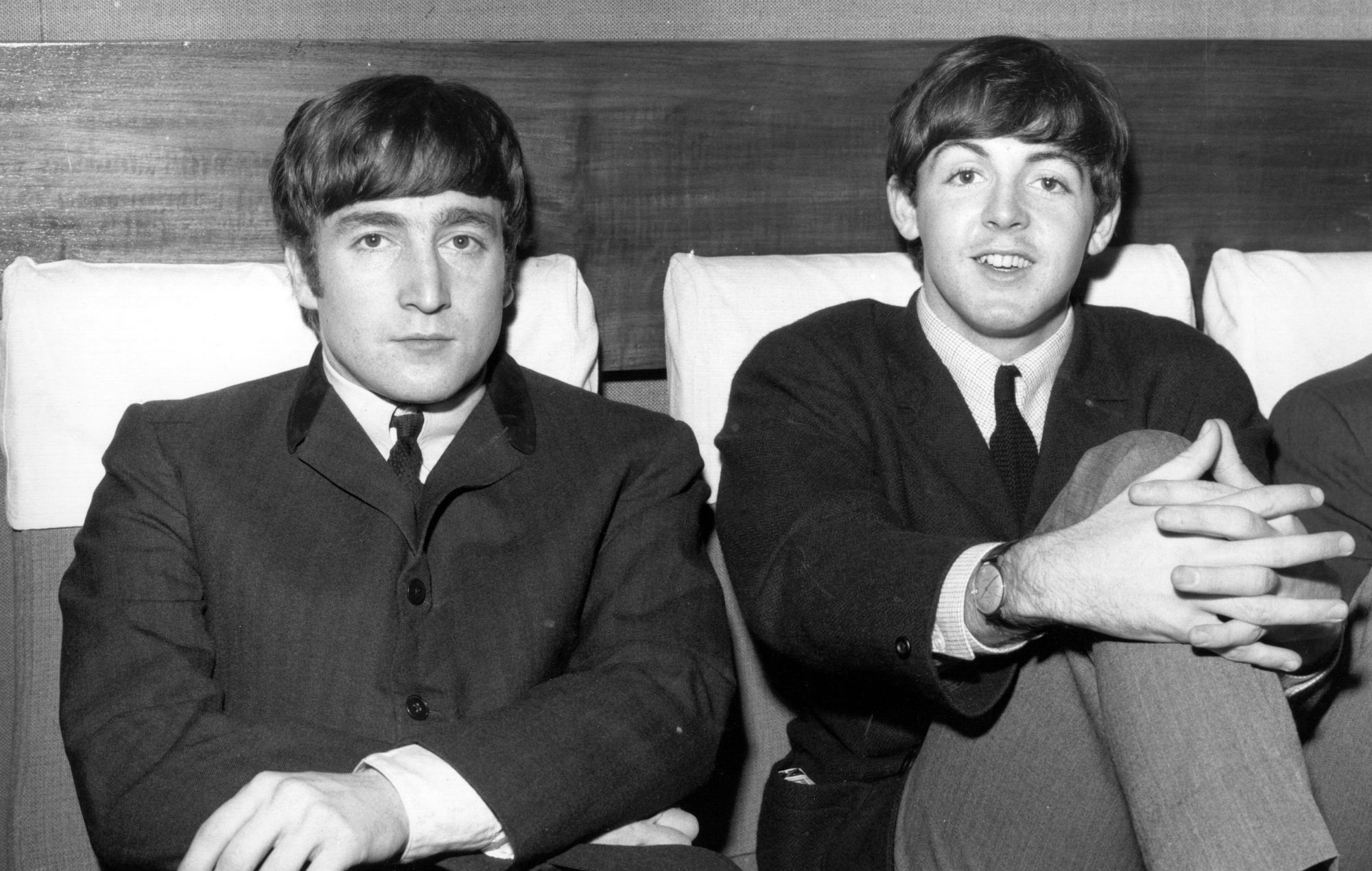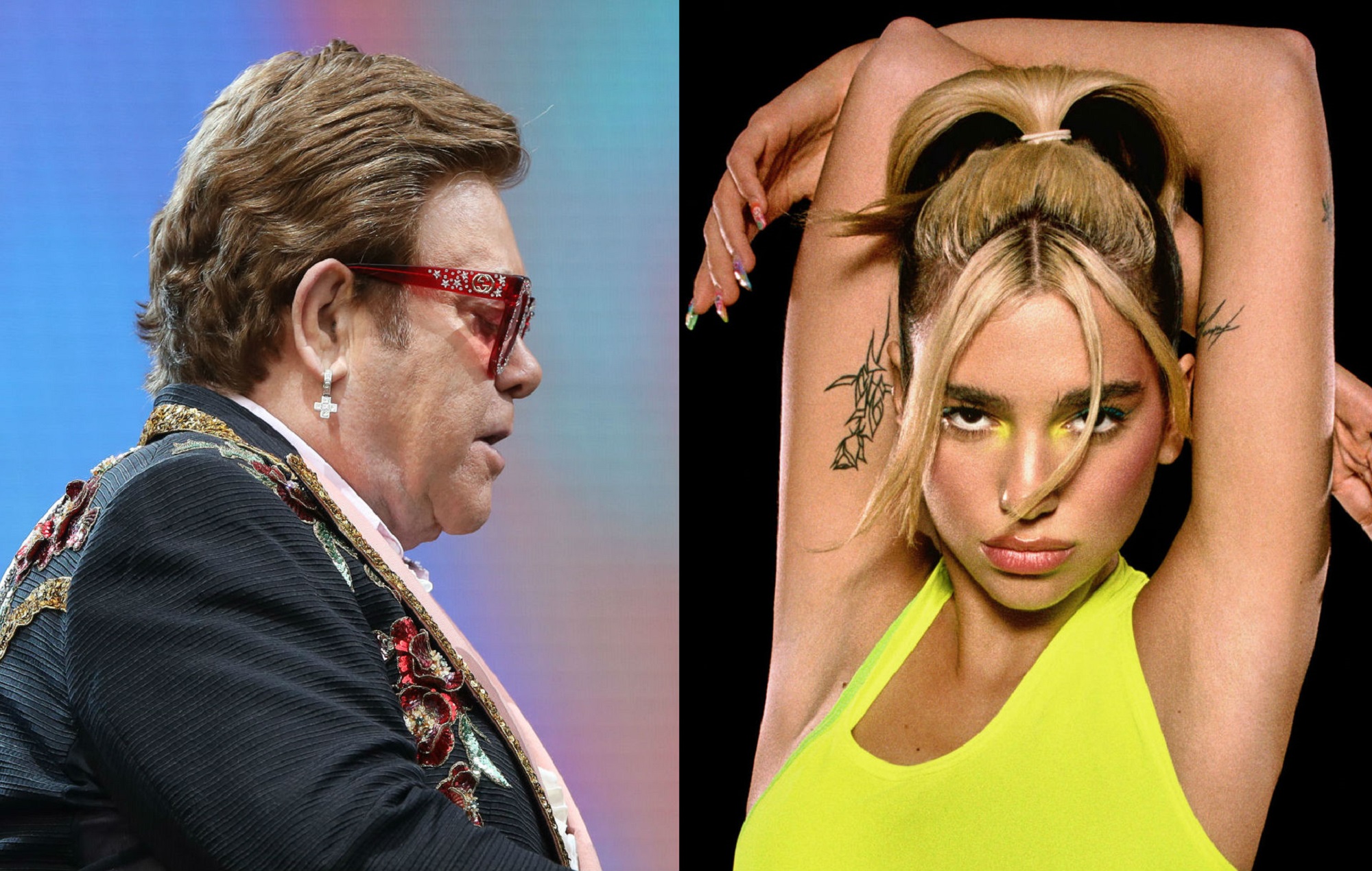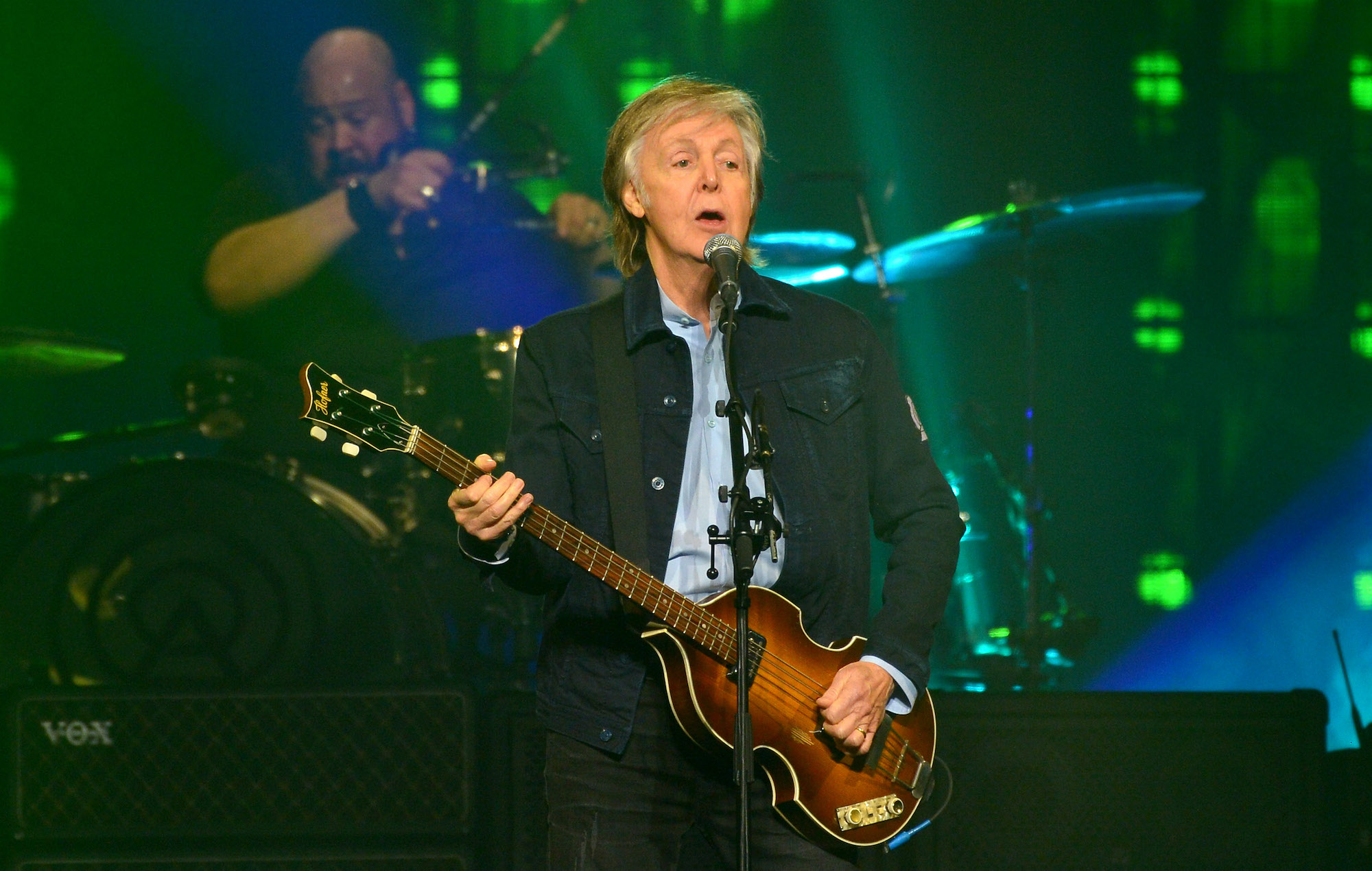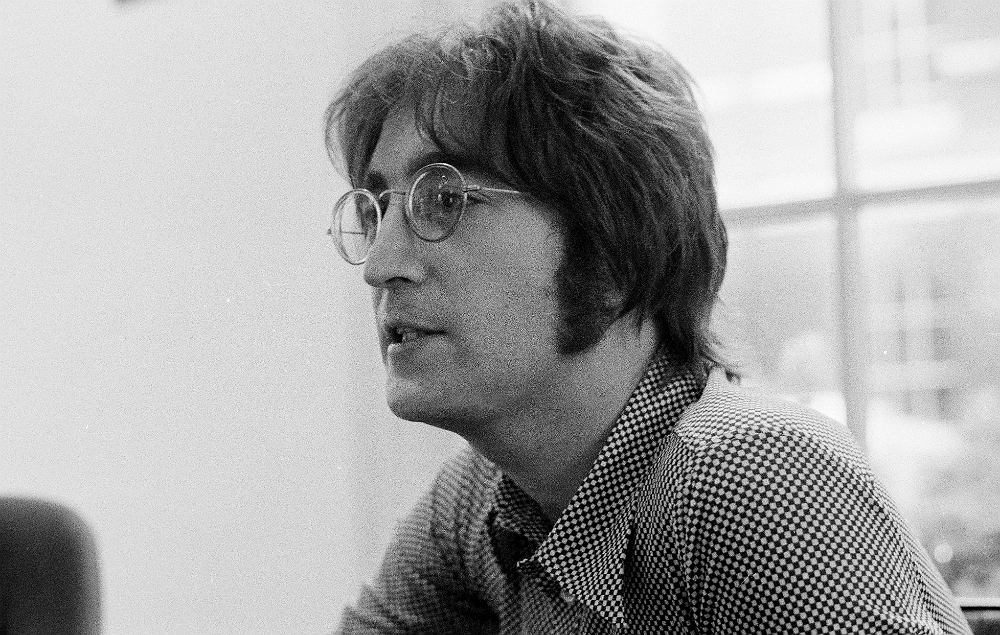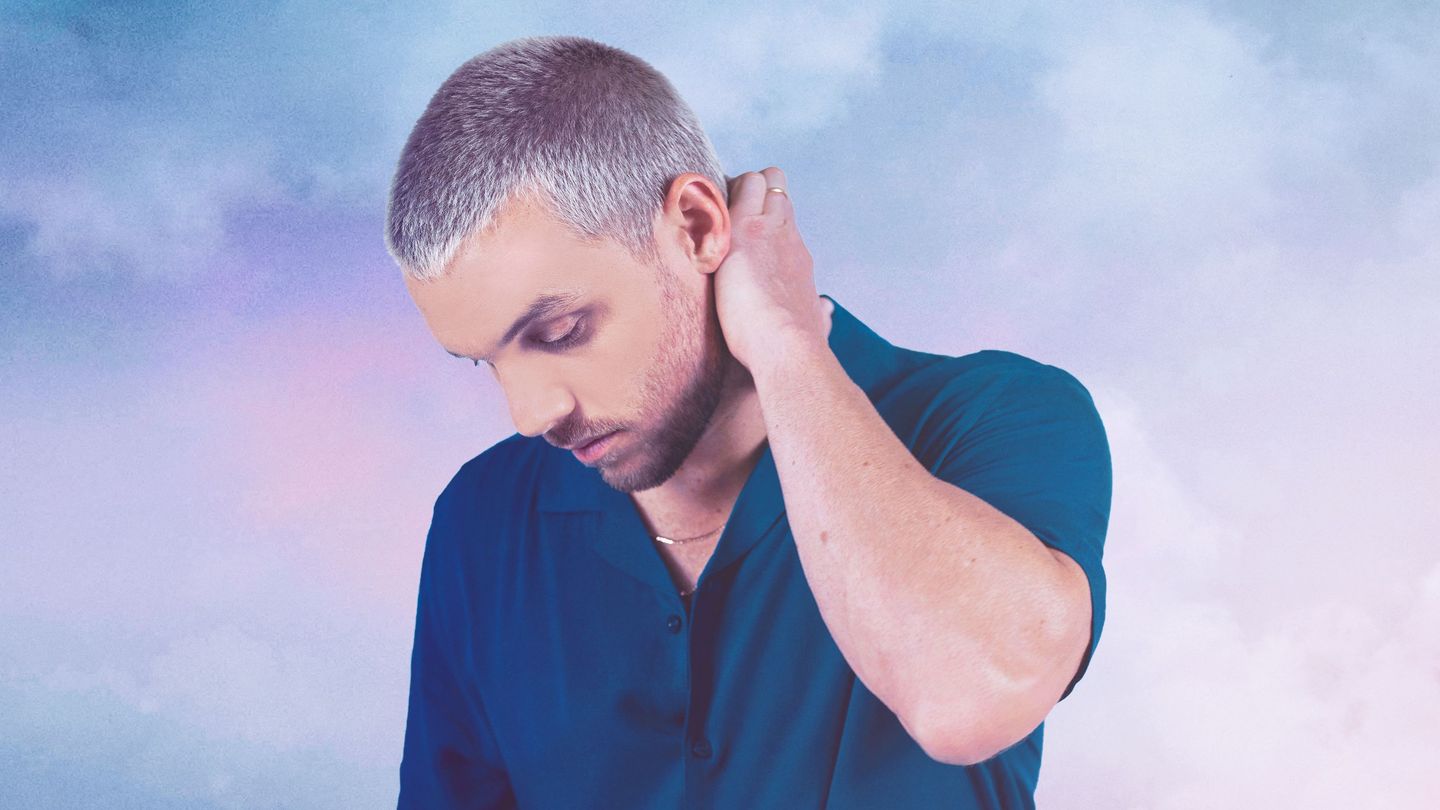Here is the responsibility of the pop artist: taking a complex yet universal emotion or experience — heartbreak, loneliness — and boiling it down to a savory stock of addictive hooks and simplified lyrical motifs. That recipe may seem easy enough to outsiders, but some topics, as vast and generative and difficult as love, need ample time to cook, then digest. Perhaps that’s why John K, an emerging singer from Orlando, Florida, has dedicated himself to exploring that feeling in all its delicious complexity.
The fruit of that work is Love + Everything Else, a collection of nine sweet songs and one delectable remix that K refers to as a “project,” a word that hints at the in-progress nature of his sound and a collaborative way of songwriting. Crafting tracks with a close-knit team of friends through candid recording sessions and thought-starting games, his break came in 2017 when “OT,” an electro-pop musing over a missed connection, amassed over 50 million streams despite its independent release. A debut EP, If We Never Met, followed, and he signed with Epic Records in 2019 with the support of Diplo and Ricky Remedy.
Now, with Love + Everything Else, K lays it all on the table, whether navigating the difficulties of moving on from a relationship (“Let Me Let You Go”), deploying clever metaphors for his own shortcomings as a partner (“Cheap Sunglasses”), or transposing vows into lyrics tailor-made for his wife (“I.L.Y.M.”). His soulful delivery feels at home over EDM basslines, and though he has often been compared to the crooners of yesteryear, many of his songs feel perfectly primed to capture the anxiety and isolation of the coronavirus era (“6 Months”). For MTV News, he breaks down the project track by track and mood by mood.
-
“Let Me Let You Go”
